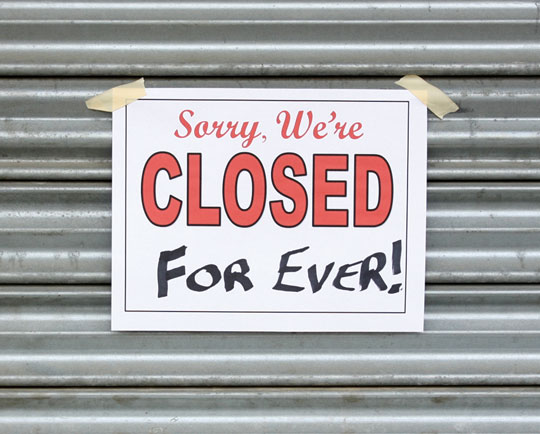News
What are the rules if your bank branch closes and what are the alternatives?

Guest Author:
Emma LunnThe past few years have seen hundreds of bank and building society branches close down.
Banks put the closures down to the rapid increase in online and mobile banking, and a decline in the use of physical branches.
NatWest became the latest bank to announce branch closures last week – it will close 43 bank branches in England and Scotland early next year.
How many banks branches have closed?
According to LINK, a total of 483 bank branch closures have been announced so far in 2022, across brands including Lloyds, Halifax, Bank of Scotland, Nationwide Building Society, HSBC, Barclays, RBS and Danske Bank.
As of 2022, there are 12,178 fewer free-to-use ATMs in operation compared with August 2018.
The loss of branches may have little day-to-day impact on those who have been able to move to online banking and who have access to physical services when they need them.

Wellness and wellbeing holidays: Travel insurance is essential for your peace of mind
Out of the pandemic lockdowns, there’s a greater emphasis on wellbeing and wellness, with
Sponsored by Post Office
However, concerns have been raised about the effect of the closure of branches on those who need the physical infrastructure of a branch or who need access to cash. This impact is likely to be particularly significant when the last bank branch in a community closes.
What are the rules about branch closures?
Banks normally need to give customers 12 weeks’ notice of branch closures. This should give them time to switch banks or seek out alternative services.
Earlier this month, the Financial Conduct Authority (FCA) updated its guidance for banks that are considering shutting branches. It said banks considering closing sites “must pay due regard to the interests of their customers and treat them fairly while considering or implementing this decision”.
The guidance, which already expects banks to carry out thorough checks on the impact permanent closures will have on customers, has now been extended to cover partial closures (e.g. where a bank reduces its opening hours).
Under a voluntary initiative set up by the Cash Action Group, most banks have agreed to notify cash machine network LINK if they plan to close branches. LINK will then analyse the impact of the planned closures on local communities.
If, after an assessment, LINK decides that alternative services are needed once branches have closed, it will work with firms to provide these services.
The first thing LINK looks at is whether there will still be a bank branch in that community. If there is, it will consider that to be sufficient. But if there is no bank branch left, it will do an initial ‘fact find’ which looks at the number of residents and shops, and how necessary it is for the community to have cash access and deposit services provided face to face.
Although the rules aren’t set in stone, the rough threshold for needing face-to-face services within or close to a community is a population size of more than 7,000 within 1km of the centre, and more than 70 local retailers.
LINK will then look at how close the nearest banking facilities are and how long it takes to travel there by bus. It also considers how levels of financial and digital vulnerability compare with the national average, and the proportion people aged over 65 in the community.
What are the alternatives to bank branches?
After LINK has completed its analysis, it may recommend a new service for the community. This might be:
- a free-to-use ATM
- enhancements to the local Post Office
- a shared banking hub
According to UK Finance, 99% of retail banking customers can carry out basic banking at the more than 11,500 Post Offices across the UK. Things you can do at the Post Office include withdrawing cash from your account, paying in cash and cheques, and checking your balance.
However, there are numerous things banking customers can’t do at the Post Office. These include making enquiries about other financial products such as savings or mortgages and discussing more complex financial matters.
A banking hub is a shared branch service, which operates in a similar way to a standard bank branch in that customers of any bank or building society can withdraw and deposit cash, pay bills and carry out other regular transactions.
They also provide private spaces where customers can speak to someone from their own bank for advice and support.
In addition, both NatWest and Lloyds offer ‘mobile banking vans’, which visit local communities (usually rural or semi-rural) and allow bank customers to cash cheques, make deposits and withdrawals, and pay bills.
The banks themselves are keen to get people to bank online. Some offer services to help people feel more comfortable with online and mobile banking. For example, RBS has a team of ‘TechXperts’ who are based in branches and help people set up online and mobile banking.